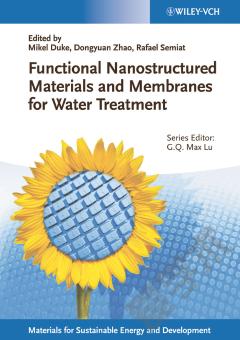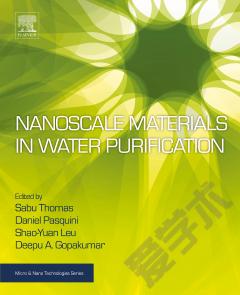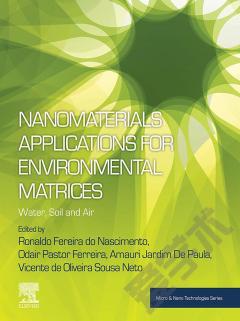Iron Nanomaterials for Water and Soil Treatment
Nanotechnology has a great potential for providing efficient, cost-effective, and environmentally acceptable solutions to face the increasing requirements on quality and quantity of fresh water for industrial, agricultural, or human use. Iron nanomaterials, either zerovalent iron (nZVI) or iron oxides (nFeOx), present key physicochemical properties that make them particularly attractive as contaminant removal agents for water and soil cleaning. The large surface area of these nanoparticles imparts high sorption capacity to them, along with the ability to be functionalized for theenhancement of their affinity and selectivity. However, one of the most important properties is the outstanding capacity to act as redox-active materials, transforming the pollutants to less noxious chemical species by either oxidation or reduction,such as reduction ofCr(VI) to Cr(III) and dehalogenation of hydrocarbons. This book focuses on the methods of preparation of iron nanomaterials that can carry out contaminantremoval processes and the use of these nanoparticles for cleaning waters and soils. It carefully explains the different aspects of the synthesis and characterization of iron nanoparticles and methods to evaluate their ability to remove contaminants, along with practical deployment. It overviews the advantages and disadvantages of using iron-based nanomaterials and presents a vision for the future of this nanotechnology. While this is an easy-to-understand book for beginners, it provides the latest updates to experts of this field. It also opens a multidisciplinary scope for engineers, scientists, and undergraduate and postgraduate students.
{{comment.content}}








 京公网安备 11010802027623号
京公网安备 11010802027623号